--------- A Comprehensive Journey into Understanding Different Types of U.S. Visas
Jan 25, 2024
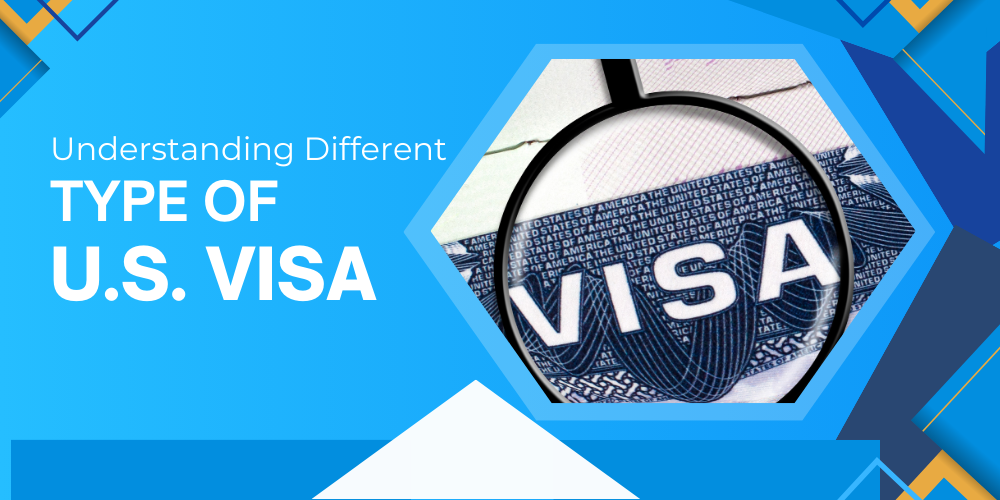
As a vibrant nation built on the foundation of diversity and opportunity, the U.S. attracts millions seeking to study in its esteemed institutions, explore its vast landscapes, contribute to its dynamic economy, or reunite with loved ones. Each visa category, be it for tourism, education, work, or residency, is a unique key to unlocking these aspirations. Yet, the complexity of the visa system often seems like an insurmountable hurdle.
This blog post aims to demystify that complexity. Here, you'll find a detailed exploration of each visa type, tailored to provide clarity and direction. Whether you're an aspiring student, a skilled professional, or a relative of a U.S. resident, understanding the intricacies of U.S. visas is the first step in your journey. So, let's embark on this enlightening voyage together, unraveling the nuances of U.S. visas, and bringing your American dream within reach.
Overview of the U.S. Visa System
The U.S. visa system, managed by the Department of State, categorizes visas into two primary types: non-immigrant and immigrant visas. Non-immigrant visas are for temporary visits such as tourism, business, study, or work, while immigrant visas are for those seeking permanent residency in the U.S. Understanding the specific requirements and processes for these types of U.S. visas is critical for a successful application.
Non-Immigrant Visas
Non-immigrant visas are intended for individuals who plan to visit the United States temporarily. The range of non-immigrant visas is vast, covering various purposes:
- Tourist and Business Visas (B1/B2): These visas are for individuals traveling to the U.S. for leisure, tourism, or business meetings. Applicants must demonstrate their intent to return to their home country after their visit.
- Student Visas (F1, M1): These are for individuals intending to pursue academic (F1) or vocational (M1) studies. Applicants must be enrolled in an accredited U.S. institution and demonstrate financial support for the duration of their stay.
- Work Visas (H1B, L1, O1, etc.): Work visas cater to professionals in various fields. The H1B visa, for example, is for individuals in specialty occupations requiring higher education. The L1 visa facilitates intra-company transfers, while the O1 visa is for individuals with extraordinary abilities or achievements.
- Exchange Visitor Visas (J1): This category is for individuals participating in approved exchange visitor programs, including students, researchers, and cultural exchange participants.
Immigrant Visas
Immigrant visas pave the way for permanent residency in the United States. They are broadly categorized into:
- Family-Sponsored Visas: These visas allow U.S. citizens and permanent residents to sponsor family members, including spouses, children, and parents.
- Employment-Based Visas: Catering to various skills and employment categories, these visas often require a U.S. employer to petition on behalf of the applicant.
- Diversity Visa Program (DV Lottery): This program offers up to 50,000 visas annually to individuals from countries with low rates of immigration to the U.S.
Specialized Visas and Programs
Apart from the standard categories, there are several specialized visas and programs:
- Transit Visas (C): For foreign nationals passing through the U.S. en route to another country.
- Fiancé(e) Visas (K1): For the foreign-citizen fiancé(e) of a U.S. citizen to enter the United States for marriage.
- Temporary Protected Status (TPS): Granted to nationals of certain countries experiencing ongoing armed conflict, environmental disasters, or other extraordinary and temporary conditions.
- Humanitarian Programs: Including asylum and refugee status, these programs are for individuals seeking protection due to persecution or a well-founded fear of persecution in their home country.
Application Process and Requirements
Navigating the U.S. visa application process requires attention to detail and an understanding of the specific requirements for each visa type.
Here's a step-by-step guide, highlighting how a visa assistance service like Govassist can be beneficial:
- Determine the Appropriate Visa Type: Understand the purpose of your travel to choose the right type of U.S. visa. Services like Govassist can offer expert advice on selecting the most suitable visa category for your needs.
- Complete the Visa Application Form: For non-immigrant visas, fill out Form DS-160; for immigrant visas, use Form DS-260. This step is crucial as inaccuracies can lead to application denial. Govassist provides professional assistance in accurately completing these forms.
- Pay the Visa Application Fee: This mandatory fee varies by visa type. Govassist can guide you through the payment process, ensuring you meet all financial requirements.
- Schedule and Prepare for the Visa Interview: Visa interviews are a critical part of the process. Govassist can help schedule your interview and offer valuable preparation tips, including a rundown of potential questions and advice on presenting your case effectively.
- Gather Necessary Documentation: Compile all required documents, such as a valid passport, financial records, and employment or educational proof. Govassist can assist in ensuring your documentation is complete and organized, enhancing the likelihood of a successful application.
- Attend the Visa Interview: Be honest and clear during your interview. With Govassist, you can go into the interview well-prepared and confident.
- Post-Interview Processing and Follow-up: After the interview, there might be additional steps or follow-ups required. Visa assistance services can help you navigate these final stages, keeping track of your application status and advising on any further actions needed.
Incorporating a service like Govassist into your visa application process can significantly reduce the stress and uncertainty often associated with navigating the U.S. visa system. Their expertise and support can help streamline your application, ensuring all requirements are met accurately and efficiently.
Common Challenges and How to Overcome Them
Challenges in the visa application process can include lengthy processing times, visa denials, and administrative processing. Applicants should ensure their applications are complete, accurate, and well-supported by documents. Understanding the reasons behind visa denials can also help in reapplying successfully.
Applicants often face several challenges during the visa process:
- Visa Denials: If your visa is denied, understand the reason. You may reapply if your situation changes or if you have additional information that wasn't presented initially.
- Administrative Processing Delays: Some applications require additional processing. Stay patient, and monitor the status regularly.
- Documentation Issues: Ensure all documents are complete, accurate, and in order. Missing or incorrect documentation can lead to delays or denial.
- Interview Anxiety: Prepare for the interview. Practice answering potential questions and present your case clearly and confidently.
Resources and Assistance
Several resources are available for navigating the different types of U.S. visas:
- Official U.S. Government Websites: Websites like travel.state.gov provide comprehensive information on types of U.S. visas, application procedures, and FAQs.
- U.S. Embassies and Consulates: They offer specific information and assistance for visa applicants in their respective countries.
- Immigration Lawyers: For complex cases, consider consulting an immigration lawyer who can provide personalized guidance and representation.
- Online Forums and Communities: Platforms like VisaJourney or Immihelp offer community support where applicants can share experiences and advice.
- Visa Application Centers and Services: Some countries have centers that assist with the application process, including filling out forms and scheduling interviews.
The journey through the U.S. visa system, with its varied types of U.S. visas, can be intricate but navigable with the right information and preparation. This guide aims to provide comprehensive insights into the U.S. visa process, empowering you to embark on your journey with confidence. Whether for tourism, study, work, or residency, understanding the different types of U.S. visas is your passport to achieving your American dream.
Recent Articles

A Guide for Securing Citizenship for Your Foreign-Born Child Through Parental or Grandparental Legacy
Navigating the complexities of U.S. immigration laws can be daunting, especially when it involves th

How to Get a Green Card for Your Parents If You Are a U.S. Citizen
Are you a U.S. citizen living abroad, considering bringing your parents to live with you permanently
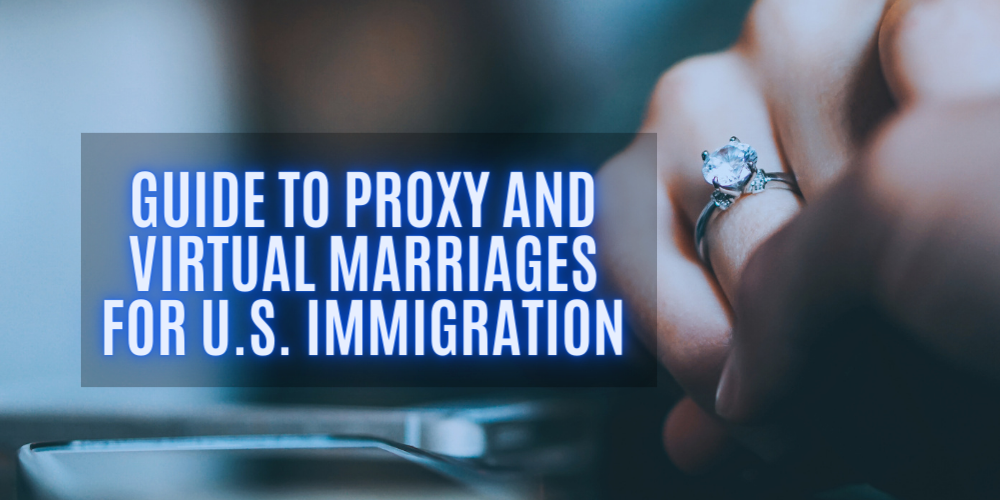
Uniting Hearts Across Borders: Your Ultimate Guide to Proxy and Virtual Marriages for U.S. Immigration
Are you and your partner considering a proxy or virtual marriage to navigate the complexities of int
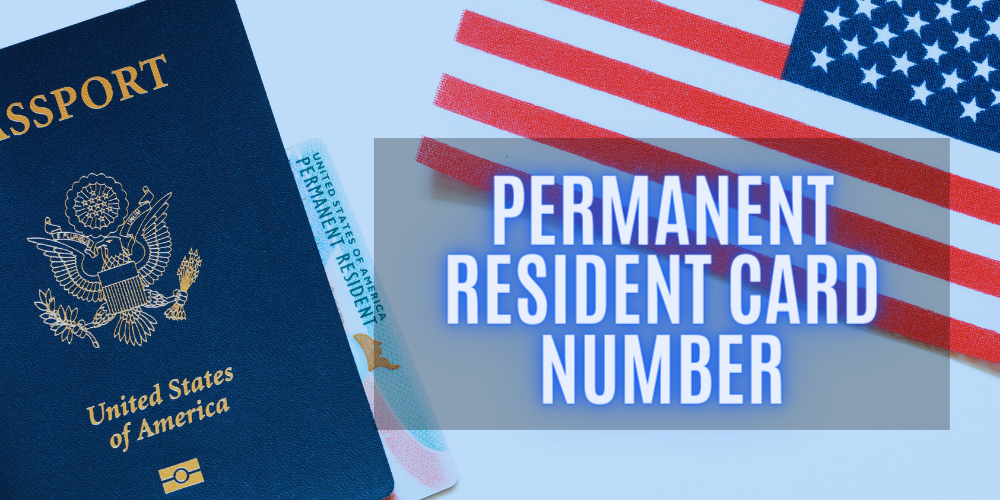
Understanding Your Permanent Resident Card Number: Importance and Applications
Are you a frequent traveler or a new permanent resident in the U.S. struggling to navigate the compl
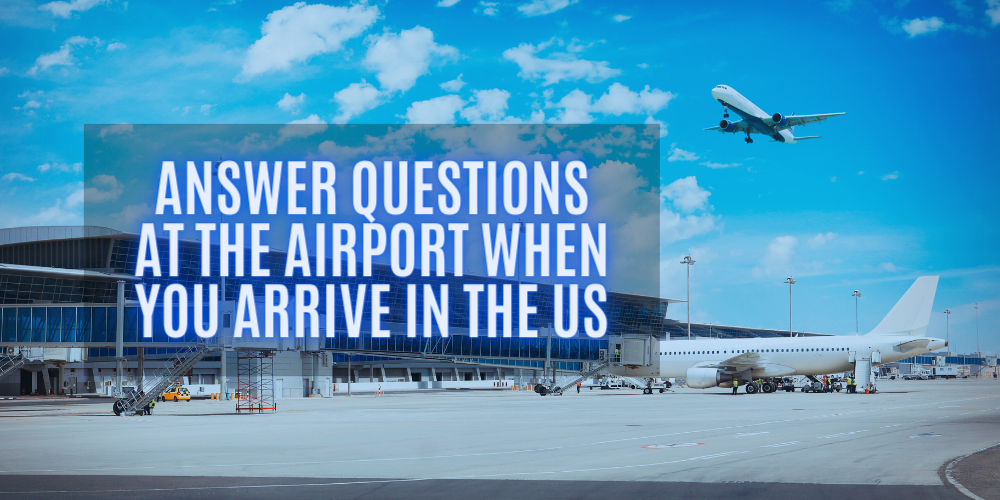
Customs and Immigration: How to Answer Questions at the Airport When You Arrive in the US
Do you feel apprehensive about encountering US Customs and Border Protection (CBP) officers upon you
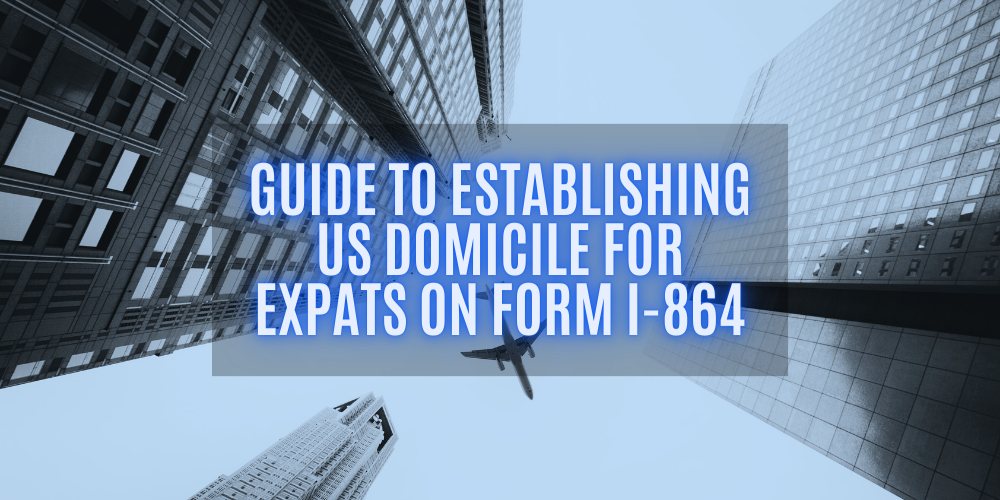
Unlocking the Gate: A Comprehensive Guide to Establishing US Domicile for Expats on Form I-864
Are you an expatriate planning to sponsor your family's relocation to the U.S. but unclear about the
Read More

A Guide for Securing Citizenship for Your Foreign-Born Child Through Parental or Grandparental Legacy

How to Get a Green Card for Your Parents If You Are a U.S. Citizen

Uniting Hearts Across Borders: Your Ultimate Guide to Proxy and Virtual Marriages for U.S. Immigration

Understanding Your Permanent Resident Card Number: Importance and Applications

Customs and Immigration: How to Answer Questions at the Airport When You Arrive in the US

Unlocking the Gate: A Comprehensive Guide to Establishing US Domicile for Expats on Form I-864

Welcome to the GovAssist blog. We know that navigating the maze of visa applications and online forms can be as tricky as choosing the perfect travel playlist (which is all we want you worrying about anyway).
Throughout our years of experience, though, we’ve uncovered a mountain of knowledge which, via this blog, we’re sharing with you! Whether you're diving into the world of travel visas, wondering about the ESTA online hustle, or just trying to figure out the DS160 form, think of us as your online concierge, here to make the process easy and most of all, clear.
At this point in our global context, who has time for endless paperwork and confusing legal jargon? No one. That's why we're all about spilling the tea on online visa hacks, easier-to-work-with DS160 forms, and giving you tips on everything from tourist visas to immigration, to that last-minute ESTA online adventure.
So, just plug in a word you’re curious about on the search bar, and boom. We've got the tips, tricks, and insider info to help you (and anyone else you may be traveling with) get to your travel destination with the confidence of a seasoned traveler.
Now go explore!